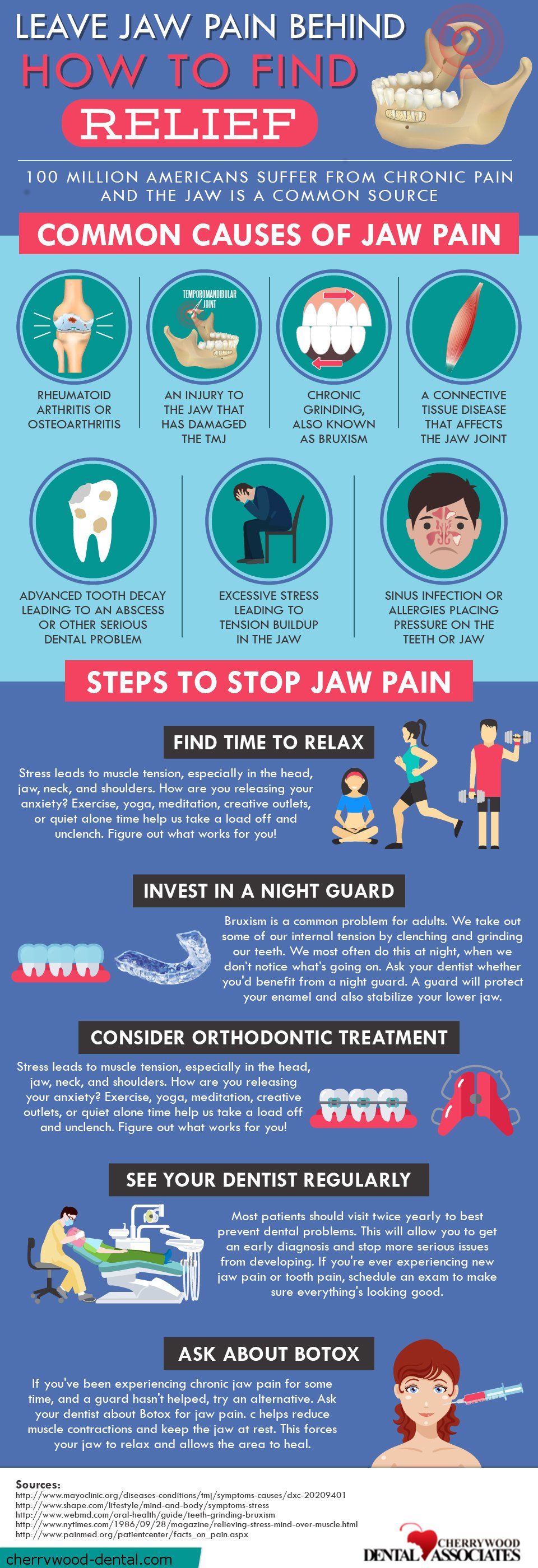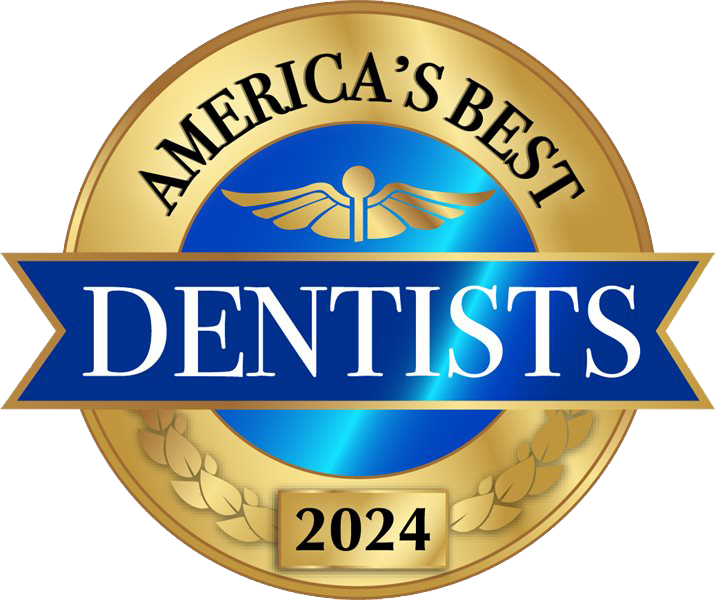Blog Layout
Dentist Answers: What is TMJ?
Cherrywood Dental • Jun 01, 2017
If your jaw has been feeling a little off, it’s time to learn more about what’s really going on in your mouth. Jaw pain can take hold gradually and insidiously, eventually becoming a part of your daily life. Or, it can hit you like a truck one morning with your jaw popping and clicking when you try to yawn or brush your teeth. Either way, you’ll benefit from TMJ treatment.
TMJ means a few different things. It’s technically the name of the jaw joint (aka the temporomandibular joint). But it’s also become shorthand for a slew of jaw disorders that can affect that joint. TMJ/TMD can be resolved in a variety of ways, and may take a concerted effort to improve in the long term. That’s why it’s important that you see your dentist at the onset of your jaw discomfort. The less time you spend with a damaging disorder, the easier it will be to heal and retrain your jaw.
We have some of the common causes of and treatment for TMJ pain below – check out our infographic, and then schedule an appointment for professional help.
Infographic: What to Do About Your TMJ Pain

More Ways to Improve Jaw Pain at Home
As mentioned, reducing stress is an extremely important step toward resolving jaw pain. You’d be surprised by just how often stress has physical manifestations. By reducing anxiety, you’re not only helping your jaw but also your entire body.
Preventing teeth grinding is also crucial. When you’re
It’s also possible to try out TMJ exercises at home. Finding healthy ways to stretch and exercise your jaw will help soothe your jaw joint. Try some of these exercises to stretch, strengthen and tone your jaw muscles:
- Put a thumb under your chin and push gently. Slowly open your mouth for several seconds, then slowly close it.
- Keep your thumb underneath your chin and place your index finger (from the same hand) between your chin and lower lip. Push gently while slowly closing your mouth.
- Relax your jaw and close your mouth. Keep your teeth slightly apart and slowly open your mouth as wide as possible while looking up at the ceiling. Hold your mouth open for several seconds, then slowly close it.
- After closing your mouth, move your lower jaw to the left while looking right (without turning your neck or head). Hold this for several seconds, then return to center. Switch sides.
© 2024
All Rights Reserved | Cherrywood Dental Associates
781-469-0771
301-973-6160
Website designed and maintained by Xpress, INC

